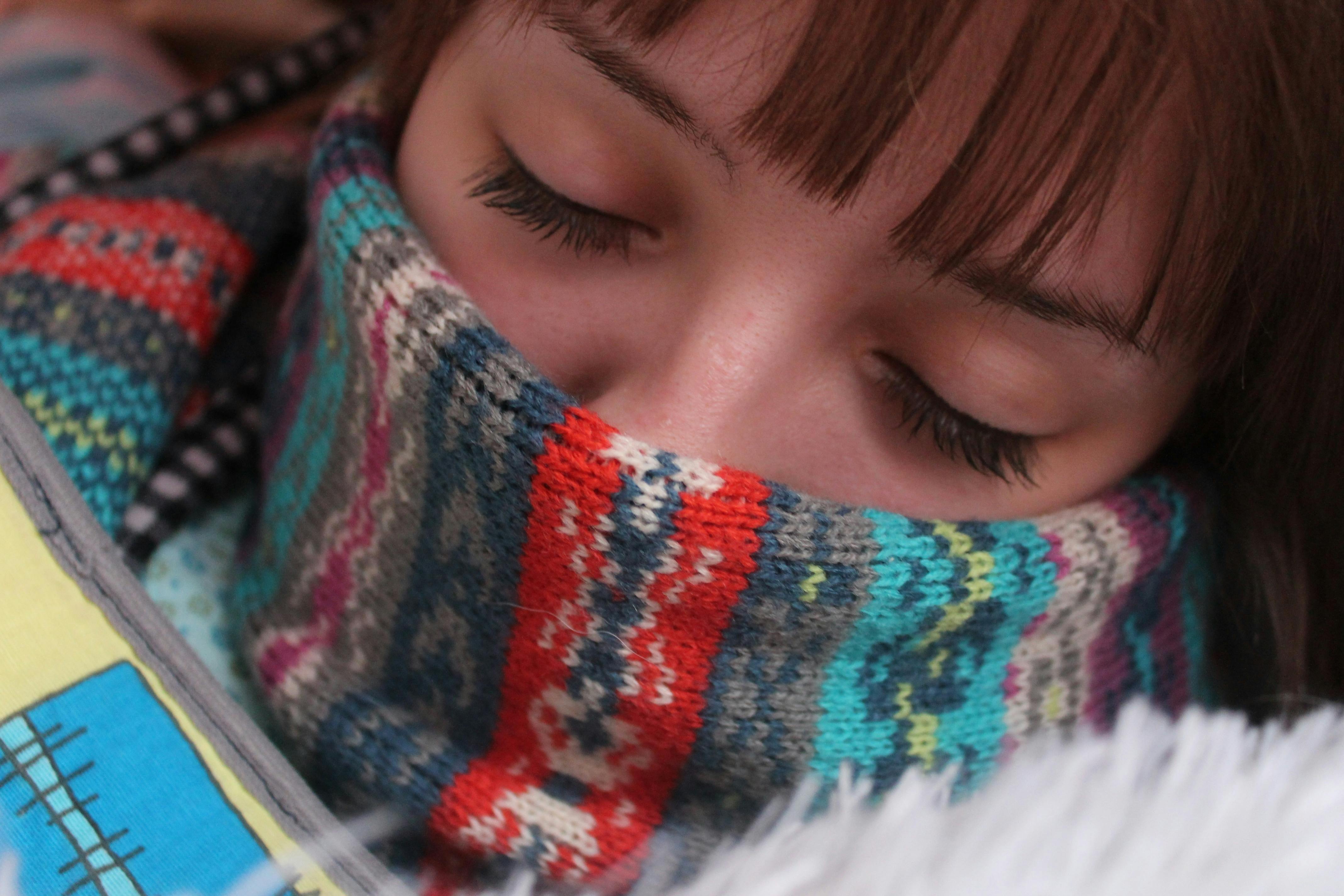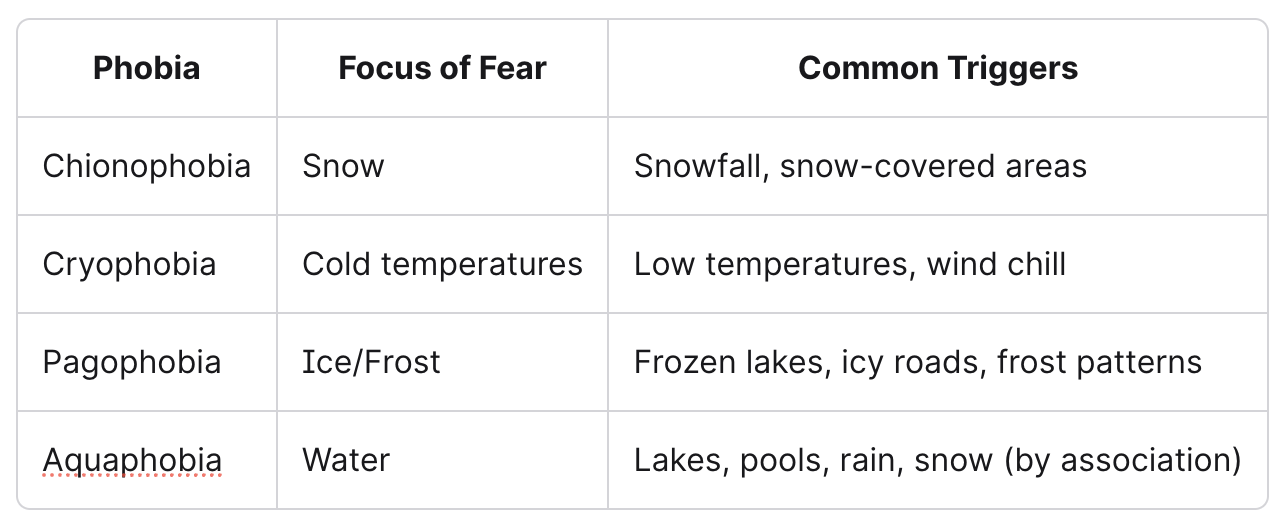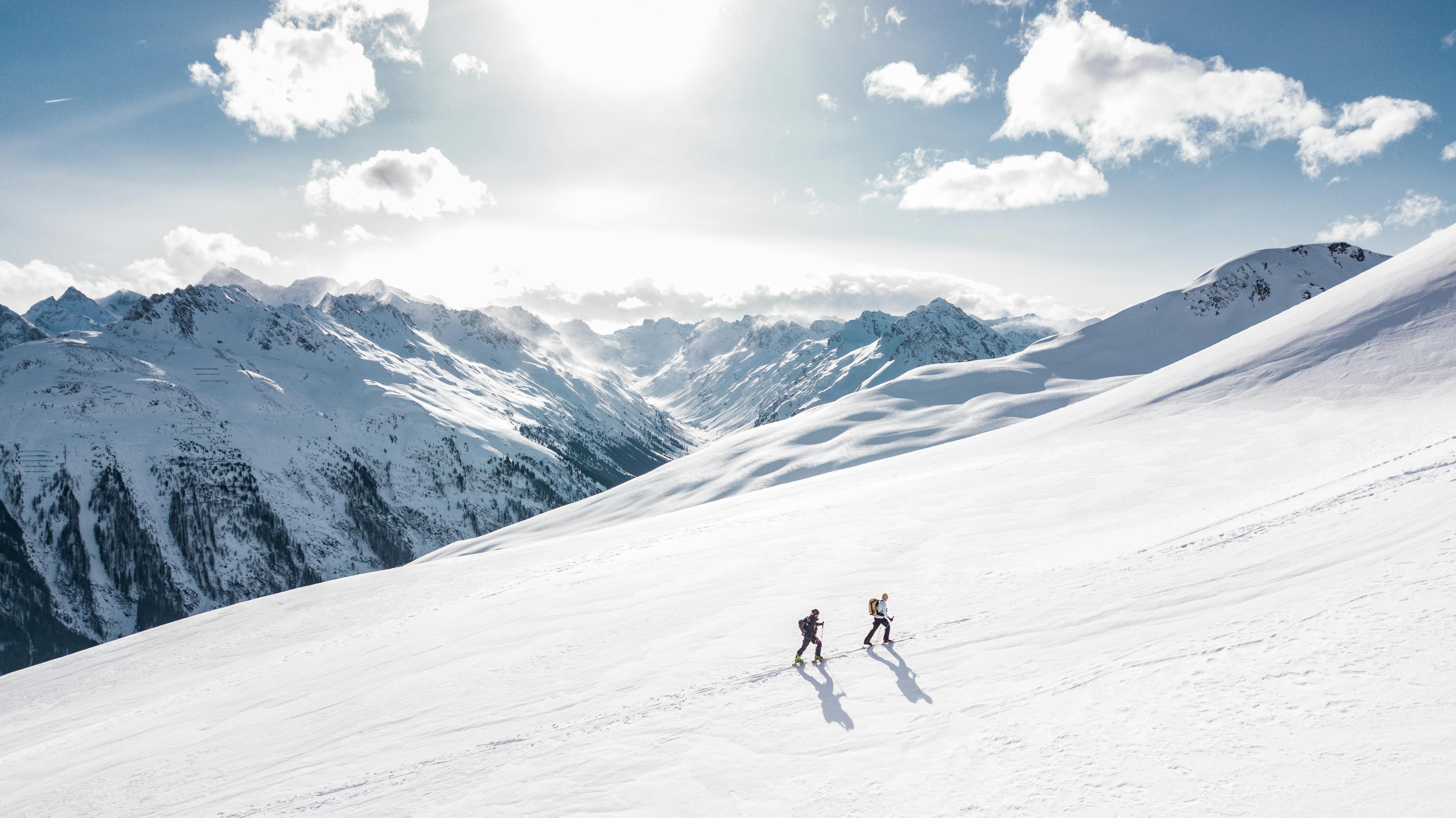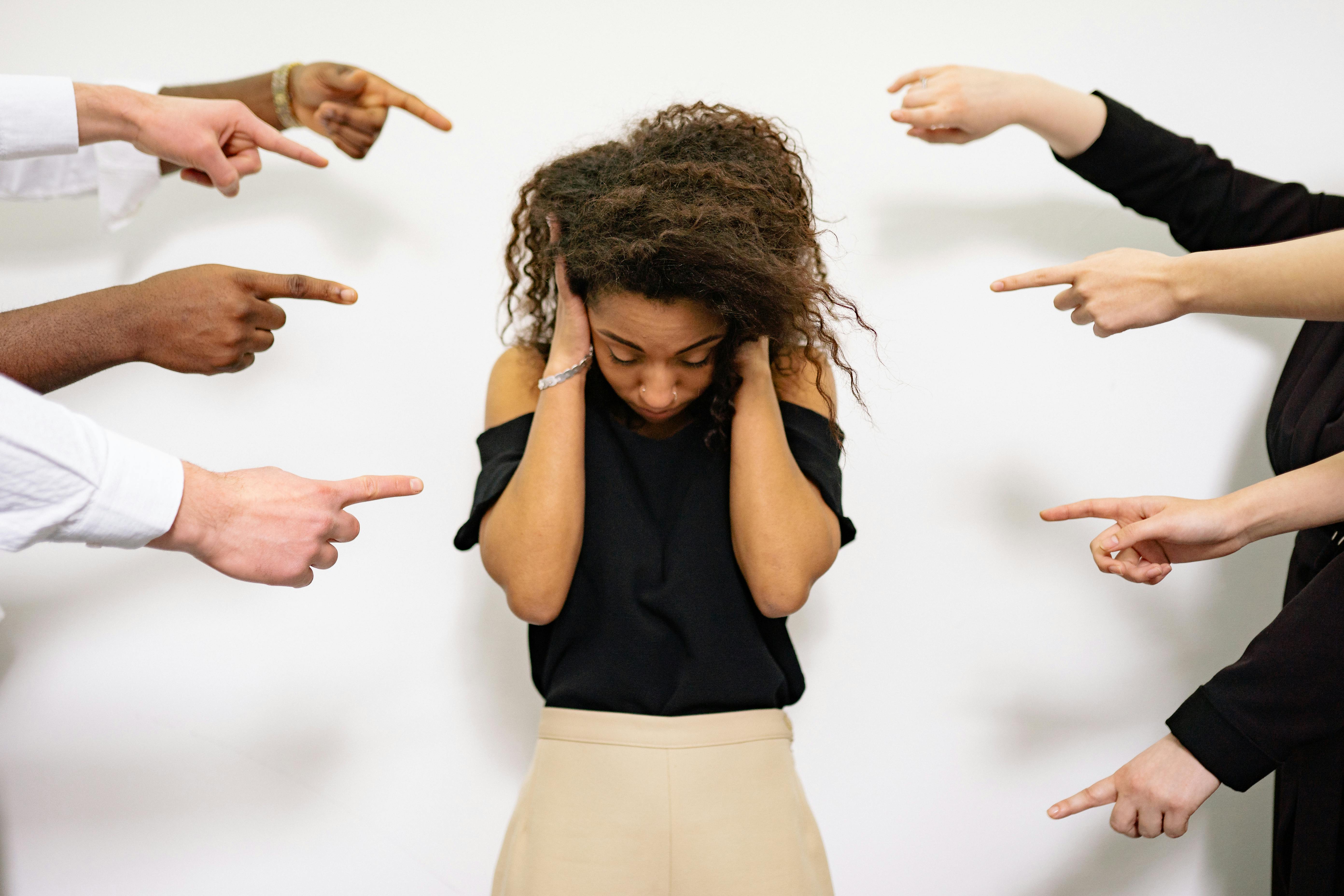If you’ve ever watched a single snowflake fall and felt more dread than delight, you may have wondered: “What phobia is an extreme fear of the snow?”
The answer is chionophobia—a condition that takes “letting it snow” from a jolly tune to pure terror for those affected.
In this comprehensive guide, we’ll explore every icy detail about chionophobia: what it is, how it starts, what it feels like, and most importantly, what can be done about it. Whether you’re seeking knowledge for yourself or someone you know, get ready for a journey that won’t leave you cold… but may just melt some anxiety away.
What Is Chionophobia?
Chionophobia (pronounced ky-oh-noh-FOH-bee-uh) is more than just a quirky dislike for chilly weather—it’s a deep-seated, persistent, and often irrational fear of snow and snowy conditions. The term itself comes from the Greek words “chion,” meaning snow, and “phobia,” meaning fear or aversion. As an environmental phobia, chionophobia stands apart from general wariness of winter inconveniences. The anxiety it causes is so severe that it can shape critical life decisions—where one lives, works, and even the social connections they maintain.
Quick Facts About Chionophobia
- Classified as a specific phobia under anxiety disorders, Chionophobia sits within recognised mental health classification systems, such as the DSM-5, under specific phobias. That means it isn't a casual dislike for winter—it's a medical condition that can often be treated.
- Can lead to physical symptoms: When snow looms on the forecast or flakes start falling, sufferers may experience sweating, trembling, shortness of breath, even full-fledged panic attacks. These physical symptoms aren't just uncomfortable—they can be truly debilitating.
- Often results in significant avoidance behaviour: People with chionophobia may go to great lengths to evade snowy environments, including refusing to leave home during winter or moving to regions where snow rarely falls. Such avoidance can negatively affect professional opportunities, personal relationships, and overall quality of life.
- It's not just disliking winter: To clarify, chionophobia isn’t the same as grumbling over icy sidewalks or preferring summer sun. This is a condition rooted in deep anxiety and is medically recognised by health professionals.
The Science and Story Behind the Fear of Snow
At first glance, fearing snow seems counterintuitive. After all, snow is often associated with wonder, play, and even beauty. So, how does something so benign provoke such intense anxiety? The story of chionophobia often traces back to how our minds process risk, trauma, and environmental cues.
Why Does Snow Spark Fear?
For some, snow is a backdrop to past traumatic experiences—maybe a car accident on an icy road, getting stranded in a blizzard, or enduring a terrifying slip and fall.
The brain, in its quest to keep us safe, links snow with real (or perceived) danger. This association can grow stronger over time, especially if reinforced by other anxieties or by frequently encountering snowy conditions.
Other contributing factors include:
- Perceptions of Snow as Hazardous: News stories about avalanches or hypothermia add to the sense of threat, sometimes turning ordinary winter events into perceived emergencies.
- Learned Behaviour: Children may pick up on a parent’s anxiety, or vice versa. The way snow is discussed—either with warmth or warning—can leave lasting marks on one’s psyche.
- Genetic and Biological Factors: Like many phobias, chionophobia sometimes runs in families, suggesting a possible genetic predisposition toward certain types of environmental anxiety.
- Traumatic Experiences: A common trigger is trauma connected to snow—getting caught in a blizzard, accidents on icy roads, or even frightening snowball fights as a child. The brain links snow with danger, setting the stage for anxiety.
Symptoms of Chionophobia
Recognising chionophobia is crucial for getting help. The symptoms can be both psychological and physical, and they’re not just about disliking cold toes.
Psychological Symptoms
- Intense dread at the mere thought or sight of snow.
- Constant worry or hyperfocus on weather reports, especially winter forecasts.
- Avoidance behaviours: staying inside, cancelling plans, obsessively stocking up on supplies.
Physical Symptoms
- Panic attacks: racing heartbeat, sweating, trembling, shortness of breath, stomach discomfort.
- Insomnia or sleeplessness before predicted snowfall.
- Sense of unreality or feeling “trapped.”

Severity Spectrum
Phobia severity can range from mild uneasiness to full-blown panic attacks. For some, even movie scenes or photos of snow can be distressing.
Diagnosing Chionophobia
Chionophobia—an intense fear of snow—requires a careful, structured diagnostic process led by qualified mental health professionals. The journey from suspicion to diagnosis combines detailed interviews, established criteria, and psychological assessment tools, ensuring both accuracy and a path to meaningful support.
The Diagnostic Process
Clinical Interviews
The initial step is usually a comprehensive clinical interview. Here, the clinician explores the nature, frequency, and severity of your fear of snow. Expect discussions covering when these feelings began, how they manifest (do you avoid certain places or activities?), and the impact on your daily life. Questions often delve into your medical, mental health, and social history to rule out other conditions and pinpoint triggers.
During the interview, you might be asked to rate your fear intensity (sometimes with scales like a “Feelings Thermometer”), describe avoidance behaviour, and share how the phobia interferes with work, school, or relationships.
Diagnostic Criteria: DSM-5
Chionophobia, like other specific phobias, is diagnosed using the criteria described in the DSM-5 (Diagnostic and Statistical Manual of Mental Disorders, Fifth Edition):
- Marked fear or anxiety: The object (snow) or situation (snowy environments) provokes immediate, excessive fear.
- Out of proportion: The anxiety response far outweighs the actual risk or cultural context.
- Active avoidance or endured with intense anxiety: The individual goes out of their way to avoid snow or faces it with overwhelming dread.
- Significant distress or impairment: The fear disrupts normal functioning—social, occupational, or otherwise.
- Persistent duration: Symptoms last for at least 6 months.
- Not better explained by another disorder: The fear isn’t more suitably attributed to another mental health issue, such as PTSD or generalised anxiety.
Assessment Tools
To measure severity and identify triggers, clinicians may use psychological questionnaires and rating scales. These standardised tools help quantify levels of anxiety, avoidance, and the impact on daily activities.
Examples include the Severity Measure for Specific Phobia—Adult (which uses a 10-item scale rated by frequency of symptoms). Responses help clinicians gauge how much chionophobia is affecting your well-being.
When to Seek Help
It’s time to contact a healthcare provider if:
- The fear of snow disrupts sleep, work, or relationships.
- You experience panic attacks or severe physical anxiety symptoms in response to snow.
- Avoidance or distress limits your capacity to participate in life—socially, academically, or professionally.
Chionophobia and Related Phobias
Chionophobia sometimes occurs alongside other weather-related phobias.
Related Phobias
- Cryophobia: Fear of the cold itself.
- Pagophobia: Fear of ice or frost.
- Aquaphobia: Fear of water—since snow is really just frozen water.
Comparisons in a Table

Treatment and Coping Strategies
The good news? Chionophobia can be treated. Therapies range from self-help strategies to medical intervention.
Cognitive Behavioural Therapy (CBT)
CBT is a proven method for treating specific phobias. Therapists work to identify irrational beliefs about snow and gradually introduce safe, controlled exposure.
Exposure Therapy
A slow and structured approach to facing snow: viewing pictures, then real-life exposure, building tolerance over time.
Medication
Antidepressants or anti-anxiety medications may be prescribed in severe cases to lower symptoms and allow more effective therapy.
Mindfulness and Relaxation Techniques
- Breathing exercises
- Meditation or yoga
- Mindfulness training
These techniques help manage physical symptoms and restore a sense of calm.
Final Thoughts
If the thought of snow fills you with dread, know that chionophobia is a real—though rare—condition and help is available. Understanding the roots of this fear, recognising symptoms, and seeking out professional therapy can melt away the icy grip of anxiety and lead to a brighter, more manageable winter. Remember: even the worst blizzards eventually give way to spring, and hope can bloom in any season.
If you suspect you or someone you care about may have this phobia, don't hesitate to contact a mental health professional. You deserve comfort and joy, whether the forecast calls for sunshine or snowflakes.

.png)
.png)




